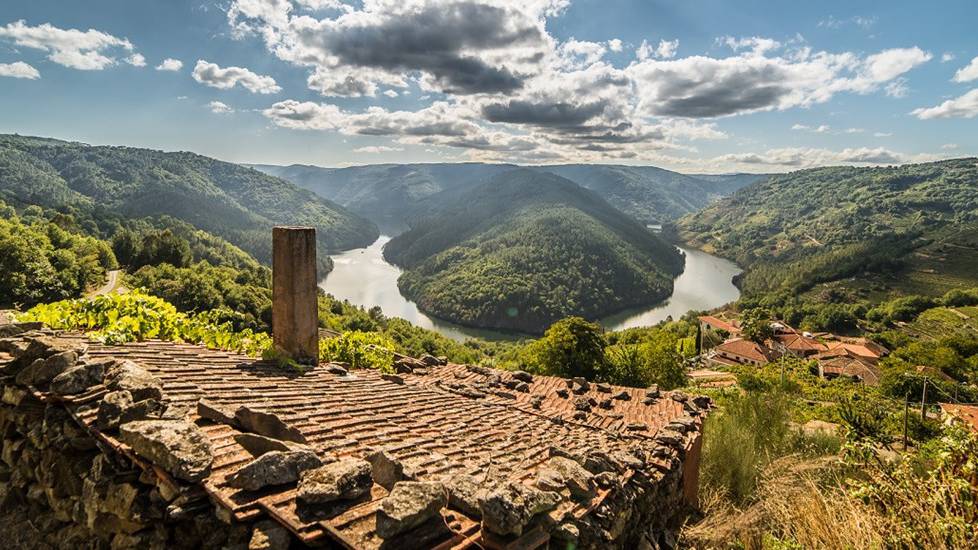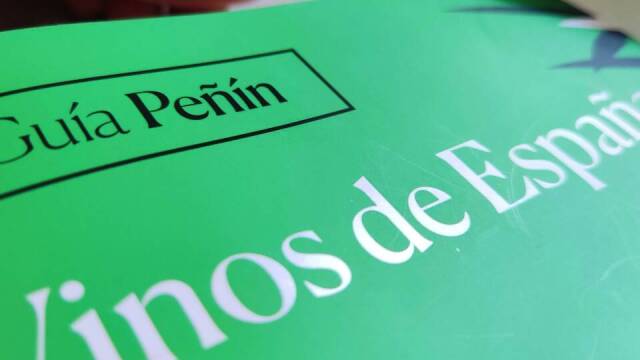But let's focus on Castilla y León, a sensation in Spain, as the region with the highest percentage of wines with 90 points or more, and also as the PGI with the highest number of Podio wines. Nowadays nobody disputes the emotional significance of finding the label of this wine producing area on a bottle.
Why Castilla y León?
There are several reasons why Castilla y León is the highest quality VT in Spain to date. It is a region that somehow has remained almost untouched by industrial progress. Politically, many of its citizens feel that they have been neglected, which has slowed down the development of the area. This fact has meant that part of its rural environment has poor communication routes, which has also influenced the development of the surrounding countryside. Historically, with Franco in power, Castilla y León was established as a region where cereal crops could be grown, in the absence of water. Just the opposite of Castilla La Mancha, where there was no alternative to vines because even cereal was not a better crop. In this region, large yields were achieved thanks to the airén, a variety more adapted to the heat. Those were times when productivity was more important than quality.
All this has meant that many of the international grapes, although permitted in the specifications of the appellation, were not planted often in Castilla y León. This means that the area retains its varietal essence almost unaltered, with the positive consequences that this has.
The great support for this label comes, of course, from the major winemaking houses. Abadía Retuerta is its greatest exponent today, with titanic wines, always highly valued by all of us dedicated to prescribing wine, wherever we are from. But they are not the only ones, of course. We have many other houses such as Belondrade, Mauro, Isaac Cantalapiedra, Losada Vinos de Finca, Tridente, etc...
Being part of a VT does not exempt the producer from certain regulations, such as the use of a certain group of varieties, but it is undoubtedly more flexible and less regulatory than a D.O.
What do all these producers have in common?
The great wines of Castilla y León speak for themselves and are able to carry their terroir message beyond our borders. The success of these wines belongs exclusively to the work of their producers because, being outside the shelter of a D.O., any "brand" promotion has had to be developed by themselves. It goes without saying that this promotion is backed up by meticulous work mainly in the vineyard, but undoubtedly also in the cellar. Each winemaker's interpretation of the place has been equally important. Galia Le Dean 2018 has nothing to do with La Pivonera Calabrés de Montaña 2019, we are talking about different soils, different climatic nuances, different aromas and scents. So we are dealing with such signature labels that it is impossible to pinpoint a style for the appellation.
How have the big houses come to use the most generic label of Castilla y León? There are all kinds of examples and reasons. The most notorious has been expressed by wineries such as Abadía Retuerta or Mauro of the famous Mariano García. These wineries, one in Sardón del Duero and the other in Tudela de Duero, just over 15 km away from each other, were outside the Ribera del Duero D.O., and their attempts to obtain the protection of the famous appelation were unsuccessful, so they decided to pluck up the courage and start creating their own brand, when just over 6 km away wineries such as Arzuaga Navarro did benefit from such protection.
Although in many parts of Spain some wineries produce wines within a D.O. and at the same time other wines as local wines, it happens that those wineries already registered in a DO are obliged to use only vineyards of that appellation for the labelling of local wines, so many quality houses decide to dedicate themselves to only one of the two.
The beauty of it all is that the paths taken by producers are diverse. There is no single way of approaching winemaking, just as there is no single way of achieving excellence. That is why one never stops learning in this industry.

 Log in
Log in







